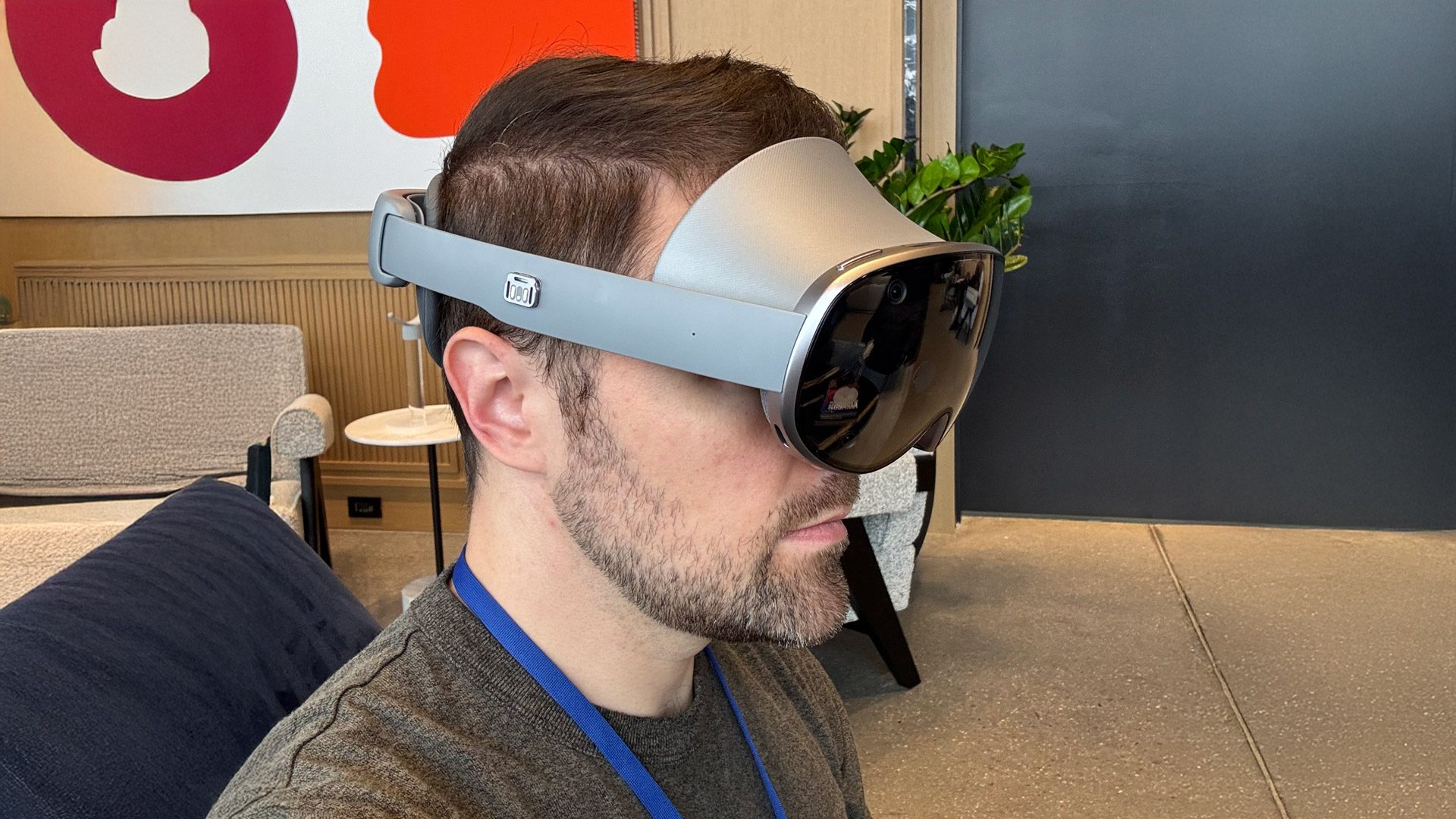

**Spatial Photo and Video Capture Needs to Become a Norm on Every Android Device**
In the fast-changing tech landscape, the capability to take spatial photos and videos is becoming ever more essential. With Apple’s Vision Pro debut in 2024, the tech leader has established a new benchmark by incorporating spatial photo and video capturing into its iPhone lineup. This functionality enables users to record immersive, 3D-like memories directly from their devices, improving how we document and revisit our moments.
Conversely, the scenario on the Android front is different. At present, capturing spatial photos or videos on Android gadgets necessitates supplementary hardware, like the Xreal Beam Pro along with compatible eyewear. Although this arrangement is effective, it is impractical for daily use because of the reliance on extra devices and the hassles of transporting and charging them.
The recent rollout of the Android XR operating system by Google and Samsung, in conjunction with the Samsung Galaxy XR headset, signifies a crucial advancement in the area of virtual reality. This new operating system enables users to operate all Android applications within a VR environment, positioning it as a frontrunner in the XR operating system domain. Nevertheless, the absence of built-in spatial photo and video capture on Android smartphones remains a notable deficit.
Google has worked to address this shortcoming utilizing AI to transform 2D photos and videos into 3D, but the outcomes do not match the quality of native captures. Likewise, Meta has rolled out features to convert Instagram content into 3D, yet these still fall short compared to native spatial material.
For Android users to maximize the potential of devices like the Samsung Galaxy XR, a unified strategy for spatial capture is crucial. Samsung has progressed by introducing an obscure feature in its Camera Assistant application for capturing 3D content, but this should be an accessible feature across all devices rather than a hidden treasure.
Furthermore, Samsung’s Galaxy S25 Ultra has already outpaced Apple’s offerings by allowing for 4K spatial video capture, while the iPhone 17 Pro Max is restricted to 1080p. This capability should be highlighted and made available to all users instead of being concealed.
In summary, for Android to maintain stride with Apple’s advancements and offer users a seamless, high-quality spatial experience, incorporating spatial photo and video capture as a standard feature on all Android devices is vital. This initiative would not only enhance user experience but also reinforce Android’s standing in the competitive tech arena.